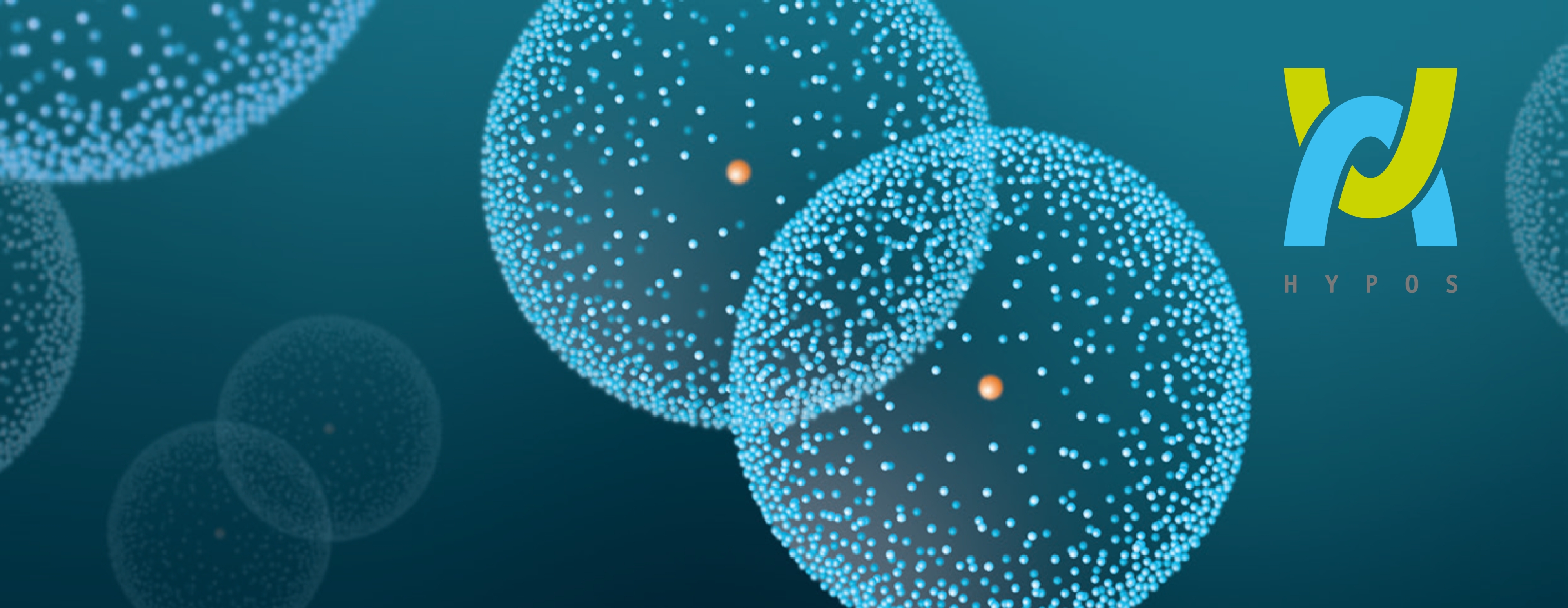As the share of renewable energy grows, this also means that power supply is more dependent on the weather: Sometimes the wind blows strongly, sometimes the sun shines, and another time it doesn’t. Yet the power grids in Germany must provide industry and households with a stable and demand-based electricity supply. The solution of the »Hydrogen Power Storage & Solutions East Germany« consortium, or HYPOS for short: To use surplus energy from photovoltaics and wind parks for electrolysis and thus store it – »green« hydrogen is made from water.
This is then provided as a demand-based alternative to natural gas, at filling stations and for fuel cells. The German Federal Ministry of Research has provided 45 million euros to fund HYPOS until 2020.
The project is coordinated by Prof. Ralf B. Wehrspohn, the Head of the Fraunhofer IMWS. The Fraunhofer IMWS supports the large plant industry in material science matters. These are thrown up by HYPOS in large numbers: As hydrogen is to be stored in salt caverns and distributed in Pipelines, which are also used to transport other gases, the tank and pipe materials must be qualified for the new impact of corrosive gas mixtures and embrittlement caused by hydrogen. For example, pre-existing damage in pipelines that is meaningless for natural gas operation, can become critical due to the addition of hydrogen.
The combined mechanical-corrosive load is to be examined on test rigs. Extremely high pressures up to 1300 bar are realized: Such pressures should also increase the storage capacity of hydrogen pressure tanks, which are operated to date at up to 700 bar.
Together with its partners, the Fraunhofer IMWS also wants to characterize and optimize the reliability of the electrochemical energy converters to be used for the electricity conversion and the power electronics said Prof. Matthias Petzold of the Fraunhofer IMWS. In addition, the IMWS plans to contribute to the further development and qualification of the necessary hydrogen sensors.
At the same time, the Fraunhofer Centre for Silicon Photovoltaics CSP is working on the conceptual design, module and component development of two combined wind-solar farms in Leuna and Böhlen, which are planned to supply the power base load for the electrolysis, explained the Head of the CSP, Prof. Jörg Bagdahn.
